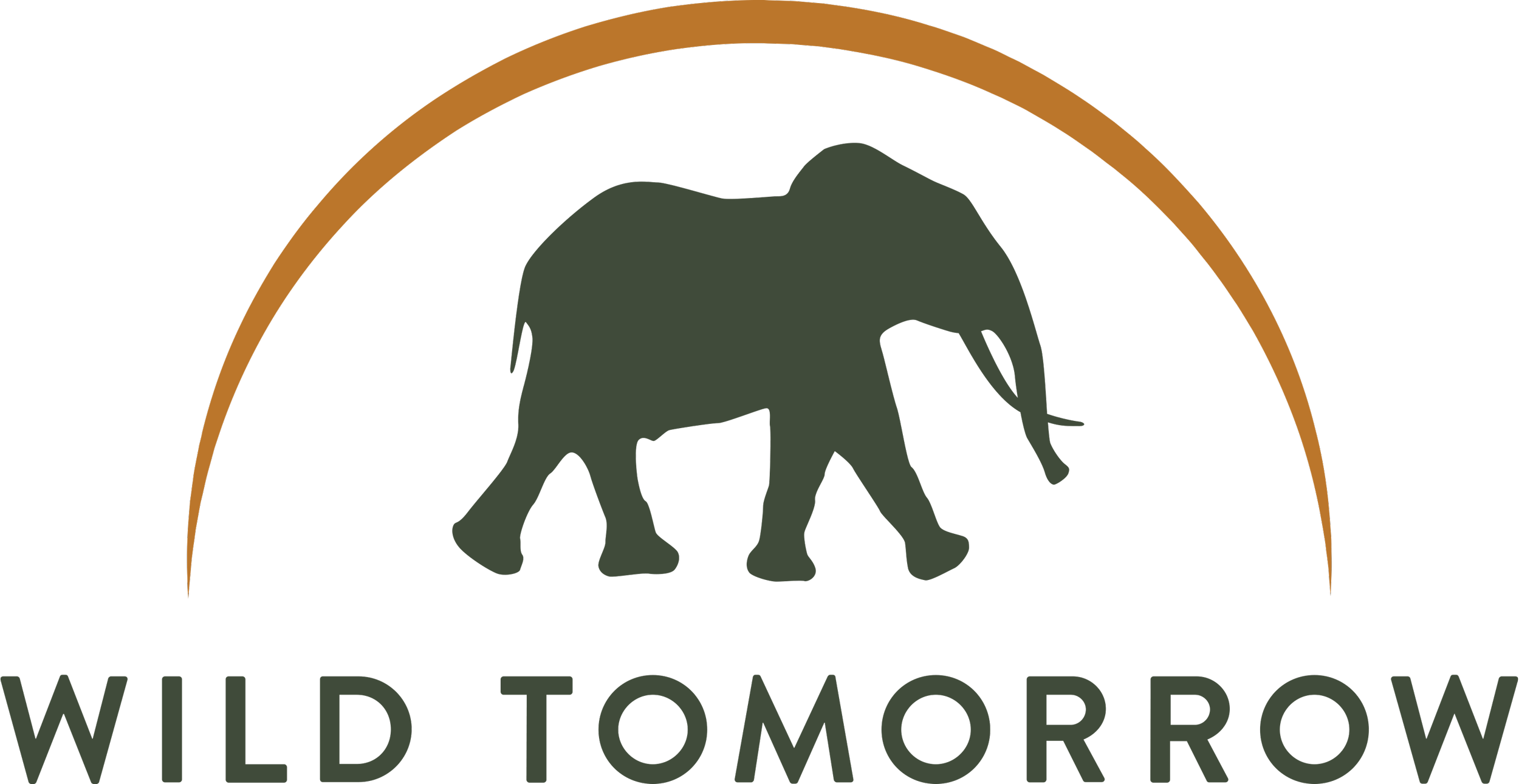HOPE FOR THE FUTURE: INSIGHTS FROM SIMON MUSTOE
Welcome back to part two of our three part series of insights from Simon Mustoe! As a little refresh, Wild Tomorrow Ambassador Jeffrey Phillips caught up with Australian scientist and conservationist Simon Mustoe, author of the recently published book Wildlife in the Balance: Why Animals are Humanity’s Best Hope. Last week, we learned why Simon believes the average person should care about the fate of wildlife populations. If you missed part one, you can head here to check it out! Today, we will find out what gives Simon optimism for the future of wildlife conservation.
Villagers in Nauru have long known a relationship with birds. Tamed frigatebirds would attract other seabirds. The nutrient processes increased fish yields. Over time, the status of villages became synonymous with the number of birds, most likely because the people there were healthier and better-fed. Photo Credit: Simon Mustoe.
With so much negative news, what gives you hope/optimism for the future of wildlife conservation?
First, I don’t believe in ‘collapse’, only change. I don’t believe humans will go extinct and I don’t believe we will be less happy with a simpler life in future. My grandparents fought in World War II, grew their own vegetables, kept chickens for eggs, and apart from the war, my Grandfather hardly left the valley he was born in. He still reminisced about the good old days.
Indigenous communities around the world struggle with these problems every day but still happily hold onto their traditional way of life.
Ironically, remote village communities in Africa will probably survive better than us. They are already living sustainably, surrounded by wildlife, happy, democratically led and highly communal and supportive of each other. They have a culture that has transcended the destruction we see at home. Ironically, we are looking to create new sustainable Utopias when they might well have it already. Photo Credit: Wild Tomorrow.
What I do believe, is that Westernised behaviour on Earth is tenuous in the extreme, and that the period of readjustment will be difficult. Therefore, as intelligent people, we owe it to ourselves and each other, to make the transition as comfortable as possible. Our descendants are going to end up living like the villagers on remote islands because only in remote places will there be sufficient local resources left to support a community. And only by cooperating as communities, will society survive.
The first part of my answer, therefore, is to say that I think human population will decline fast but it won’t be calamitous. It’ll happen simply because people won’t be able to afford to survive. Mortality rates will rise and we will revert back to the sort of life our predecessors were living a couple of hundred years back.
When that starts to happen, it only takes a small amount of value to be wiped off global commerce, for transportation of goods and services to become unviable. Our lives will contract back into smaller footprints and we will source food locally. But because of the collapse of soil infrastructure, we’ll be forced to farm organically and small-scale. Communities will regrow around this and nature will start to heal fast elsewhere.
All over the world this is already happening. Simultaneously, wildlife populations are bouncing back like never before. But the change is rapid as more and more land is being rendered financially unsustainable for farming (due to the inherently wasteful costs built into our everyday lives).
For the last 50 years, scientists have presided over wildlife collapse. Only now are we beginning to study recovery and the results are incredible. In the space of just a few years, in farmland, forests, even oceans, we are seeing a return to animal-led, steady stable systems. This will be repeated globally at every scale and within a relatively short period of time, things will be better for the planet.
Where author Simon Mustoe lives, this bandicoot species was on the brink of extinction with fewer than a dozen animals remaining. Today it’s being used to rewild farmland. In a few years it’s increased soil organic content and moisture, mitigating flood risk and increasing farm field and profit. Humans and animals have always benefited from living together. Photo Credit: Simon Mustoe.
Meanwhile, thoughtful and insightful conservation groups like Wild Tomorrow are doing whatever they can, to protect existing wildlife. That effort is essential, as any animal has the potential to be critical for our future.
Humanity will reform around those people who know how to protect the land, or have been doing it already. They will once again be surrounded by abundant wildlife.
Stay tuned for our final blog in the series next week, where Simon discusses how we can be a part of the change!
Want to hear more from Simon?
Simon can be found on his blog where he posts every month – or search his Wildlife in the Balance book to get your hands on a copy. The book is available online as an eBook and Audibook, and as a paperback to order from all good bookstores worldwide. Or you can buy direct from Simon here.
Social media links: Facebook, Instagram, Twitter @wildiaries, Linkedin @simon-mustoe, @wildlife-in-the-balance
Email: simon[at]wildiaries.com
Interested in traveling with Simon? Click here!
Blog: http://simonmustoe.blog




